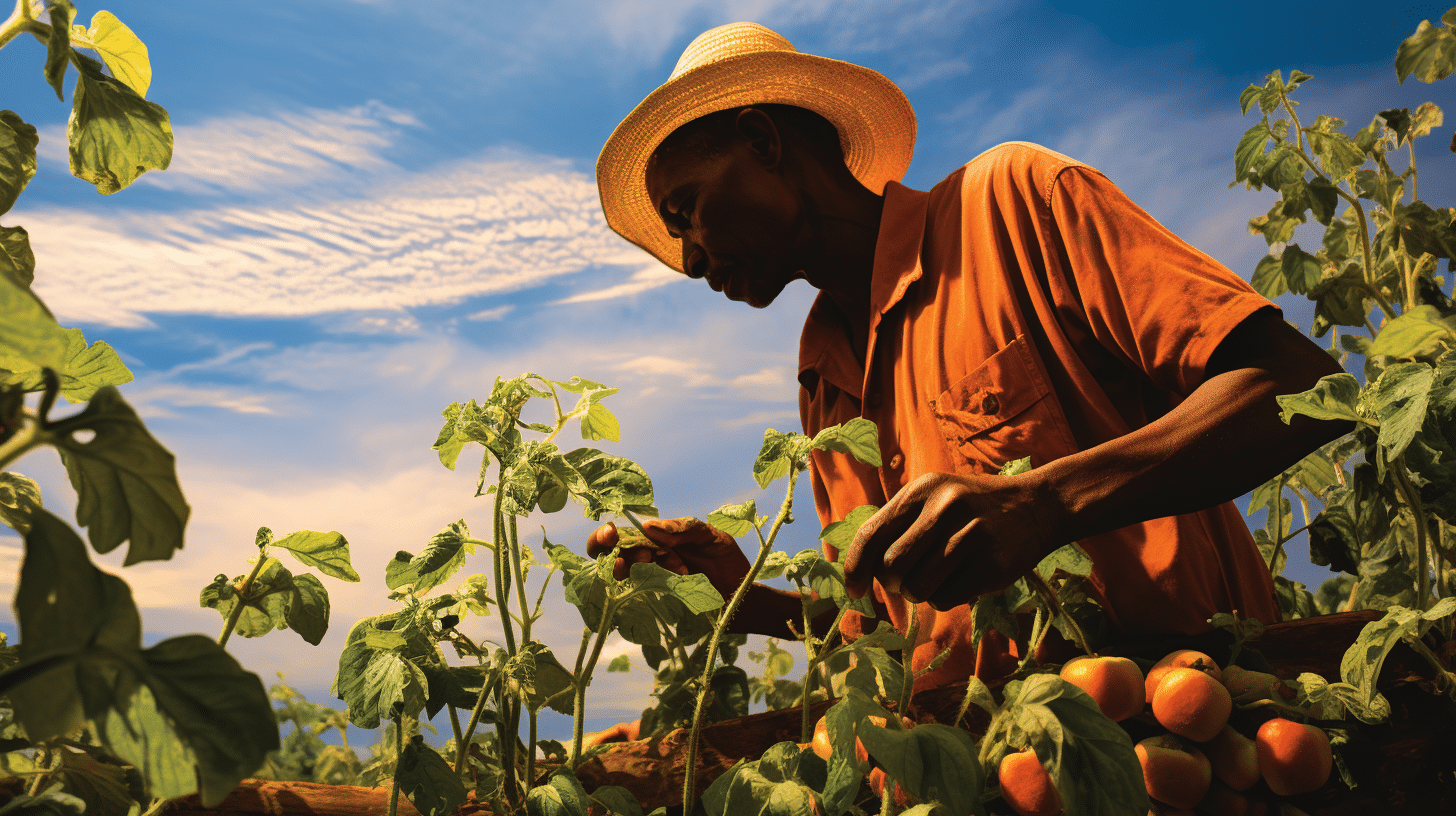Pruning has for a longtime been one of the best ways of controlling the spread of infections such as fungus to plants. The method involves removing damaged branches in plants to encourage new growth and allow several other steps to be created from the tree. It is therefore important that the process be done in a more careful and proper manner. The following simple steps can help Kenyan farmers know how to prune their plants.
Thinning Out thick branches
The major problem attributed to the fact is that healthy trees need a lot of fresh air circulation around them .Most plants that have branches close to one another make it hard and encourage the growth of fungus and spread of various infections caused by insects to the plant. Farmers should regularly check for thick branches and go ahead to eradicate them.
Little Pruning Should Be Done
The main intention of carrying out this practice is to help the tree have little number of cuts. It has been noted that many cuts in a tree are possible ways of attracting insects to come and invade the place hence destroying and infecting the plant with fungus. Farmers should never remove more than 25percent of the branches of a tree plant. Pruning should only be done at one season per year. It is not healthy to prune a plant more than two consecutive seasons.
Prune Branches that Act as Obstructions
Some branches of a tree make it hard to encourage convenience on part of the worker. It is observed many tall branches often distract telephone wires and can lead to breakdown of communication. The branches also cause annoyance to the farmers and make them suffer a lot in trying to carry out farm activities.
Asses the Tree Carefully
A farmer should take time to look at the tree and imagine of how it will appear some minutes after it is pruned. The practice is good as it gives the farmer better ways of ensuring that the tree is well pruned.



0 comments